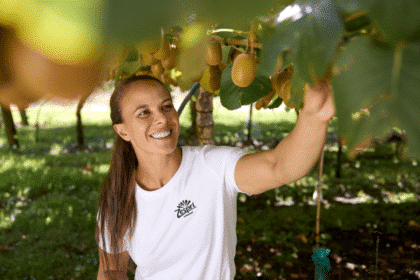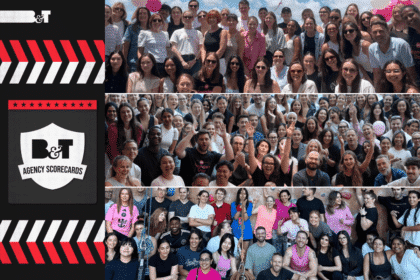Whip out your pens and take note. Geoffrey King, director of platform solutions for marketing tech company MediaMath, has some trends marketers and brands need to watch out for this year.
Wearables and connected devices are dominating the events on every marketer’s calendar. As industry experts discuss the Internet of Things in speeches and roundtables across the globe, it’s clear that smart technology is becoming part of the mainstream marketing mix. With this technology set to permeate our everyday lives, it’s crucial that brands consider the impact it may have on their marketing strategies. So what does the future hold for Australia’s marketing industry? Here are six key technology trends that forward-thinking marketers should be aware of for the year ahead:
1. Everyday items are getting smarter
From connected cars, to washing machines, to beds, everyday items are becoming smarter to serve the consumer. As connected devices become mainstream and offer real value to consumers, the Internet of Things promises to equip brands with a much deeper understanding of the consumer, alongside insights into targeting them effectively. The biggest challenges for marketers will be to collect and analyse the large data sets generated by these connected devices.
2. Advances in mobile targeting
Mobile is overtaking desktop as the primary means of accessing the internet. As a result, mobile advertising expenditure in Australia grew 85% year-on-year in the third quarter of 2014. With mobile set to finally tip into the mainstream this year, the key difficulty advertisers face is measuring mobile conversions and understanding the path to purchase across multiple devices. The industry as a whole will see large-scale innovation and development in cross-device targeting and cookieless targeting, which will in turn accelerate mobile ad spend.
3. Increased availability of premium video inventory
There is huge demand for online video. Around 50% of internet-connected Australians actively watch film or television content online, which will inevitably lead to increased availability of premium video inventory online. Cutting the cord on cable will continue to occur, with networks increasingly offering stand-alone streaming services that can be accessed without a pay-tv subscription. In addition, this year will see innovative companies starting to lay the groundwork for programmatic TV including buying over set-top boxes.
4. More and more inventory going programmatic
Programmatic was traditionally used for display advertising using an open auction model. As technology evolves and new types of programmatic transactions develop, different types of inventory are being made available programmatically. One such transaction type is automated guaranteed, which closely resembles a direct sale as it is directly negotiated between buyer and seller. Automated guaranteed reduces risk for buyers and sellers, who are taking advantage of this broader range of ad formats including video and rich-media, TV ads via set-top boxes, digital billboards, and native ads via advertorials or on platforms such as iAds and Twitter.
5. Increased emphasis on viewable impressions
Viewability will remain a hot topic because the industry continues to ask: what is the value of an impression that nobody sees? There will be greater adoption of viewability measurements, as well as a drive to make more impressions measureable. The challenge faced by the industry is bringing consistency to the various viewability methodologies used by vendors to enable the viewable impressions metric to be used as transaction currency.
6. Continued move to one-to-one direct marketing
We will begin to see major brands responding to connected consumers by implementing one-to-one direct marketing. Advertisers will utilise CRM data to ensure customers see relevant ads, and truly take advantage of the RTB promise to reduce clutter and wastage of media. Advertisers are developing bespoke attribution rules based on their own modelling and data, and are using this to drive smarter buying algorithms and increase performance.
The future promises a rapid influx of smart technology and unexplored opportunities for brands to engage with consumers, regardless of their device or location. Marketers can be prepared for a greater emphasis on mobile and smart products, which will demand one-to-one marketing strategies to ensure ads remain relevant and targeted. New technologies will result in more inventories becoming available programmatically, and a greater emphasis on viewability measurements.








